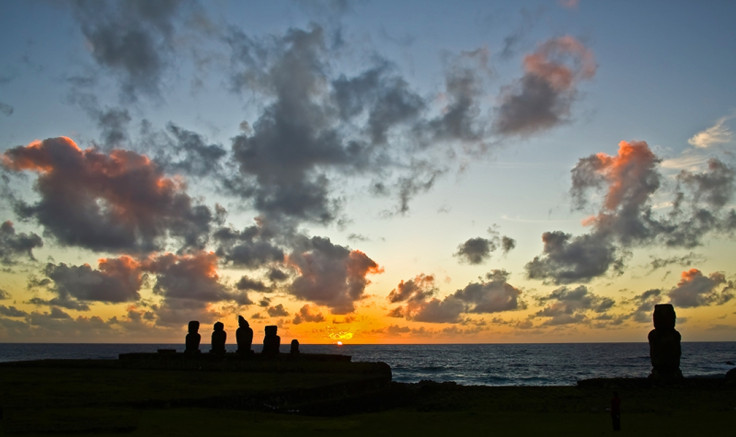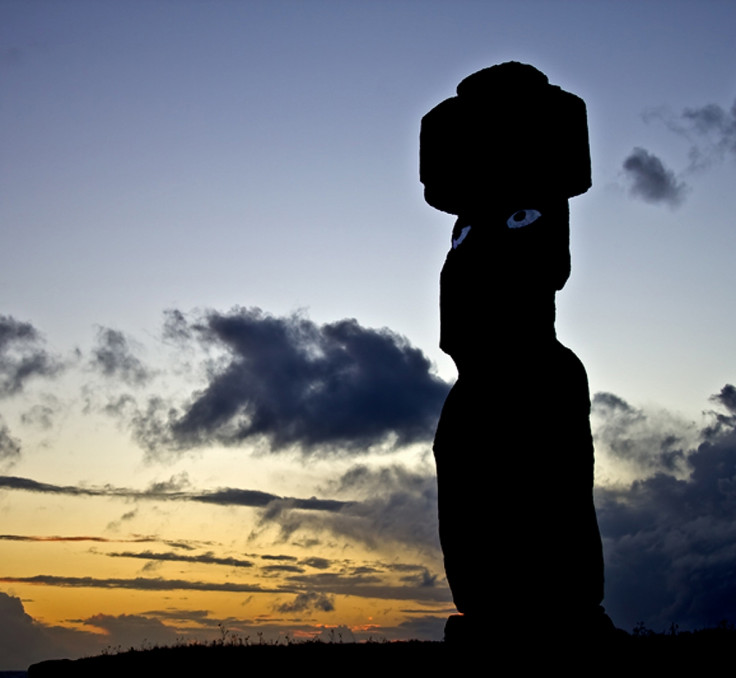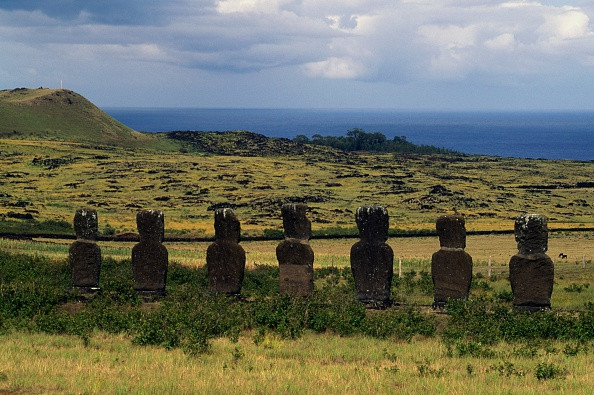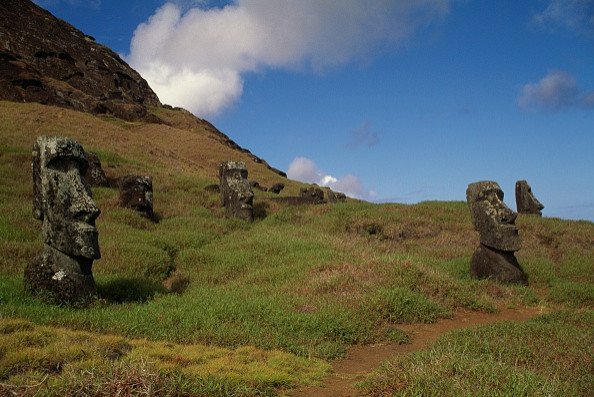What happened on Easter Island? Downfall of ancient Rapa Nui civilisation was 'gradual process'
Why did all civilisation disappear from Easter Island? This question has eluded scientists and historians for decades.
Previous studies have blamed the island's inhabitants for exhausting all natural resources or European colonisation for bringing terrible diseases, but new research suggests the population could have disappeared due to a mix of environmental and cultural changes, over a long period of time.
Different hypothesis
Easter Island, off the coast of Chile, has captured the imagination of generations of researchers. Some 900 mysterious, iconic moai statues are scattered throughout the grounds, overlooking the sea – bearing witness to the existence of an ancient civilisation. Over the years, though there has been much speculation surrounding the statues, only one thing appears certain: those who built them were master craftsmen with significant engineering skills.

Three different hypotheses are usually put forward to explain how such an advanced civilisation may have disappeared. The best known is that the population short-sightedly consumed too much of their resources, thus decimating the fragile ecosystem.
Other studies conclude that problems arose with European colonisation, after the discovery of the island, in 1722, by Dutch explorers. The local population may have died after contracting devastating diseases that came from Europe. Finally, some scientists have pointed to the presence of rats which would have caused great damage to the island's environment.

The latest study, published in Frontiers in Ecology and Evolution, takes a more nuanced approach, reviewing previous works and looking at how human and ecological factors interacted, leading to the downfall of the mysterious and cultured Easter Island population, also known as the "Rapa Nui civilisation".
"The different interpretations may be complementary, rather than incompatible," says lead author Dr. Valentí Rull, from Spanish National Research Council. "In the last decade, there's been a burst in new studies, including additional research sites and novel techniques, which demand that we reconsider the climatic, ecological and cultural developments that occurred."
Complete picture over three millennia
Before this study, data collected about the island's sediments was incomplete, so gaps remained when scientists tried to retrace the history of its ecosystem. Now, Rull's team has obtained a continuous record of sedimentary samples, taken over the last 3000 years.

It shows how cycles of droughts and rainfalls may have negatively impacted the inhabitants. Long periods of dry spells may have contributed to the island's eventual deforestation. Additionally, the locals may have been forced with long periods of isolation during extreme weather, meaning they were not able to settle or find food elsewhere.
Though they still have many secrets to uncover on the island, scientists are confident that a combination of factors have precipitated the disappearance of the ancient population. According to them, the sudden downturn was not due to human selfishness and waste of natural resources, but as a gradual process.

"Our findings challenge classical collapse theories and the new picture shows a long and gradual process due to both ecological and cultural changes. In particular, the evidence suggests that there was not an island-wide abrupt ecological and cultural collapse before the European arrival in 1722," concludes Rull.
© Copyright IBTimes 2025. All rights reserved.





















